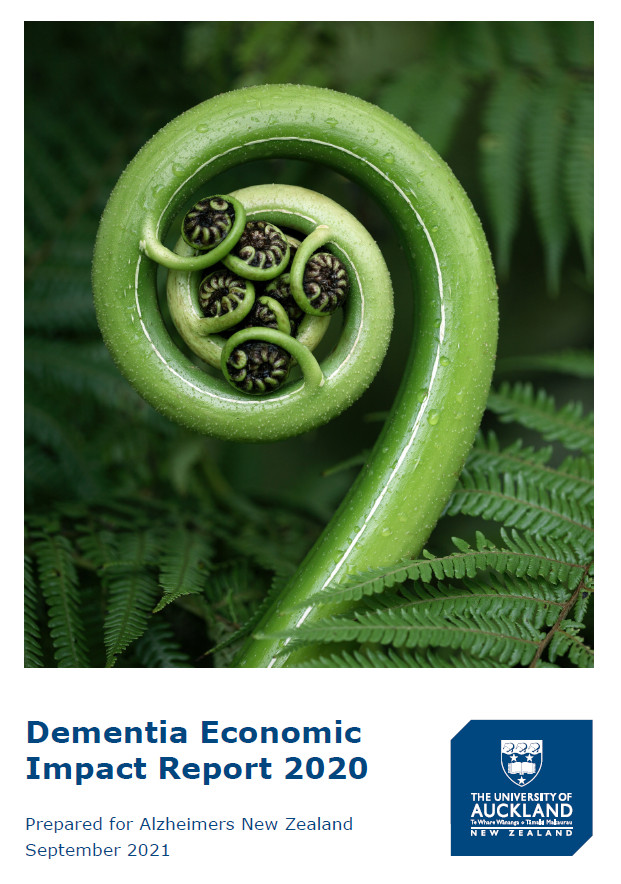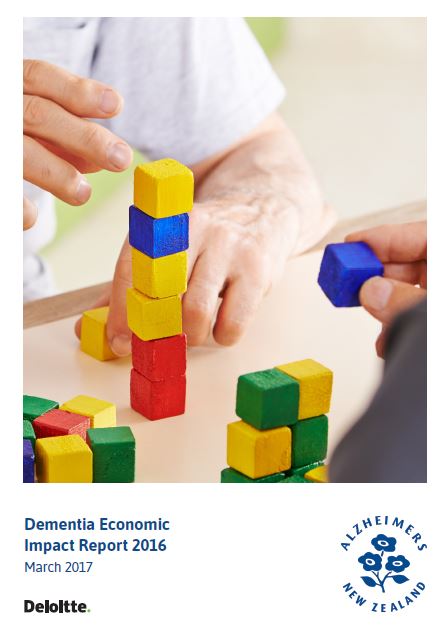Facts and figures
Find out more about the impact of dementia mate wareware in Aotearoa New Zealand.
Key facts
Almost 70,000 Kiwis are living with dementia mate wareware today.
Almost 170,000 Kiwis are likely to be living with dementia mate wareware by 2050
Four out of five New Zealanders know or have known someone living with dementia mate wareware.
Dementia mate wareware impacts more women than men – around 30% higher.
The total cost of dementia mate wareware to Aotearoa New Zealand is now around $2.5b and will reach around $5.9b by 2050.
Residential care currently accounts for around half of the economic cost of dementia mate wareware borne by government ($1.21b).
Dementia mate wareware numbers are increasing at a faster rate among Māori, Pacific peoples and Asian populations than those of European New Zealanders.
Care partners provide more than one million hours of unpaid care every week.
Around the world
Every three seconds, someone in the world develops dementia mate wareware.
There are over 50 million people worldwide living with dementia mate wareware in 2020.
This number will almost double every 20 years, reaching 82 million in 2030 and 152 million in 2050.
Much of the increase will be in developing countries. Already 60% of people with dementia mate wareware live in low and middle income countries, but by 2050 this will rise to 71%.
The fastest growth in the elderly population is taking place in China, India, and their south Asian and western Pacific neighbours.
-

Dementia Economic Impact Report
2020
This report, compiled by the University of Auckland, estimates prevalence numbers and shows care partners of people living with dementia mate wareware provide nearly 53 million hours per year of unpaid care, valued at $1.19 billion.
-

Dementia: A significant and growing health challenge
This report provided estimates of the prevalence and costs of dementia mate wareware in Aotearoa New Zealand in 2016, updating earlier estimates published in 2008 and again in 2012. It also provides observations about changes that occur over time – changes since previous reports, the situation today and looking to the future.

